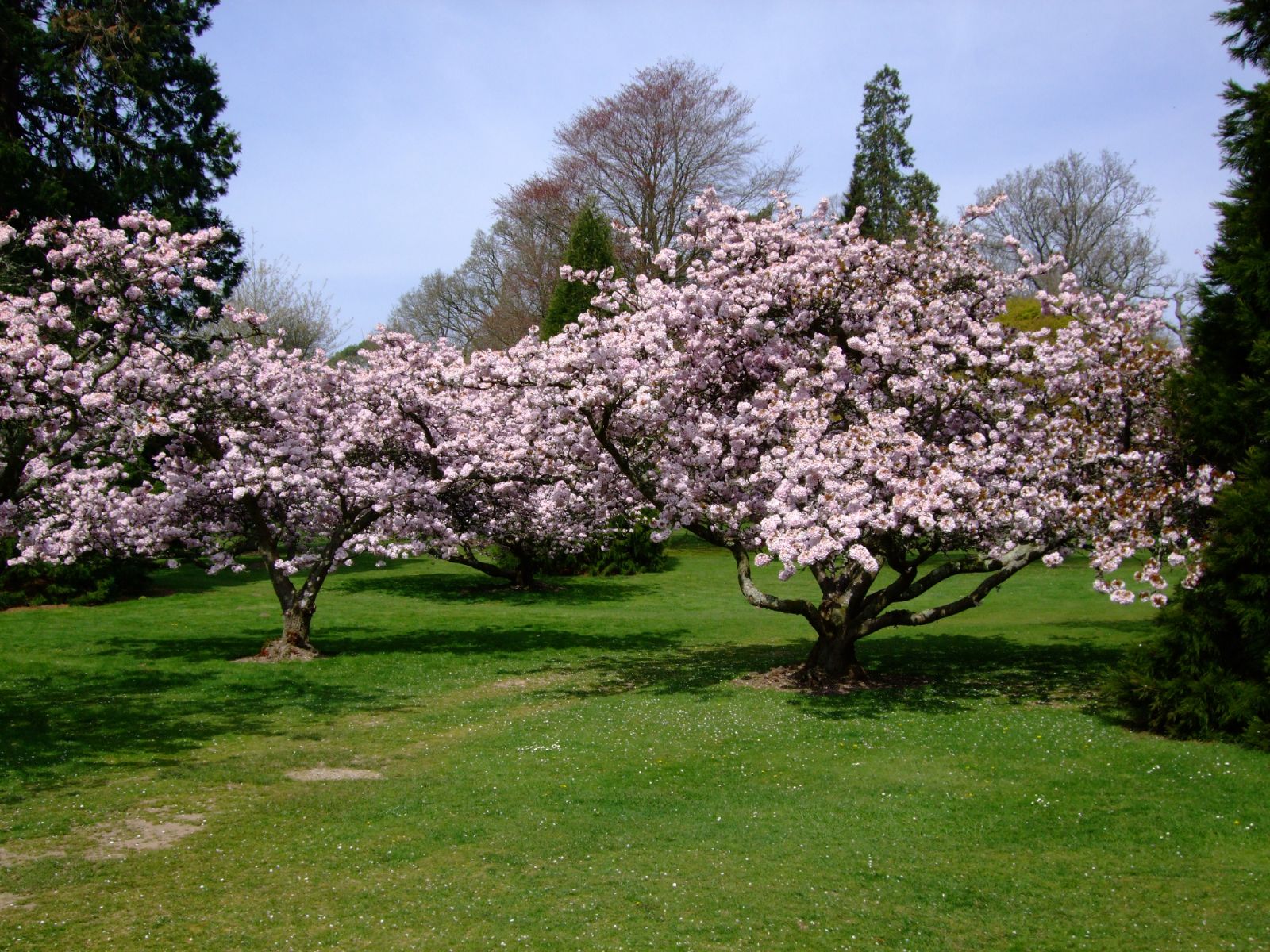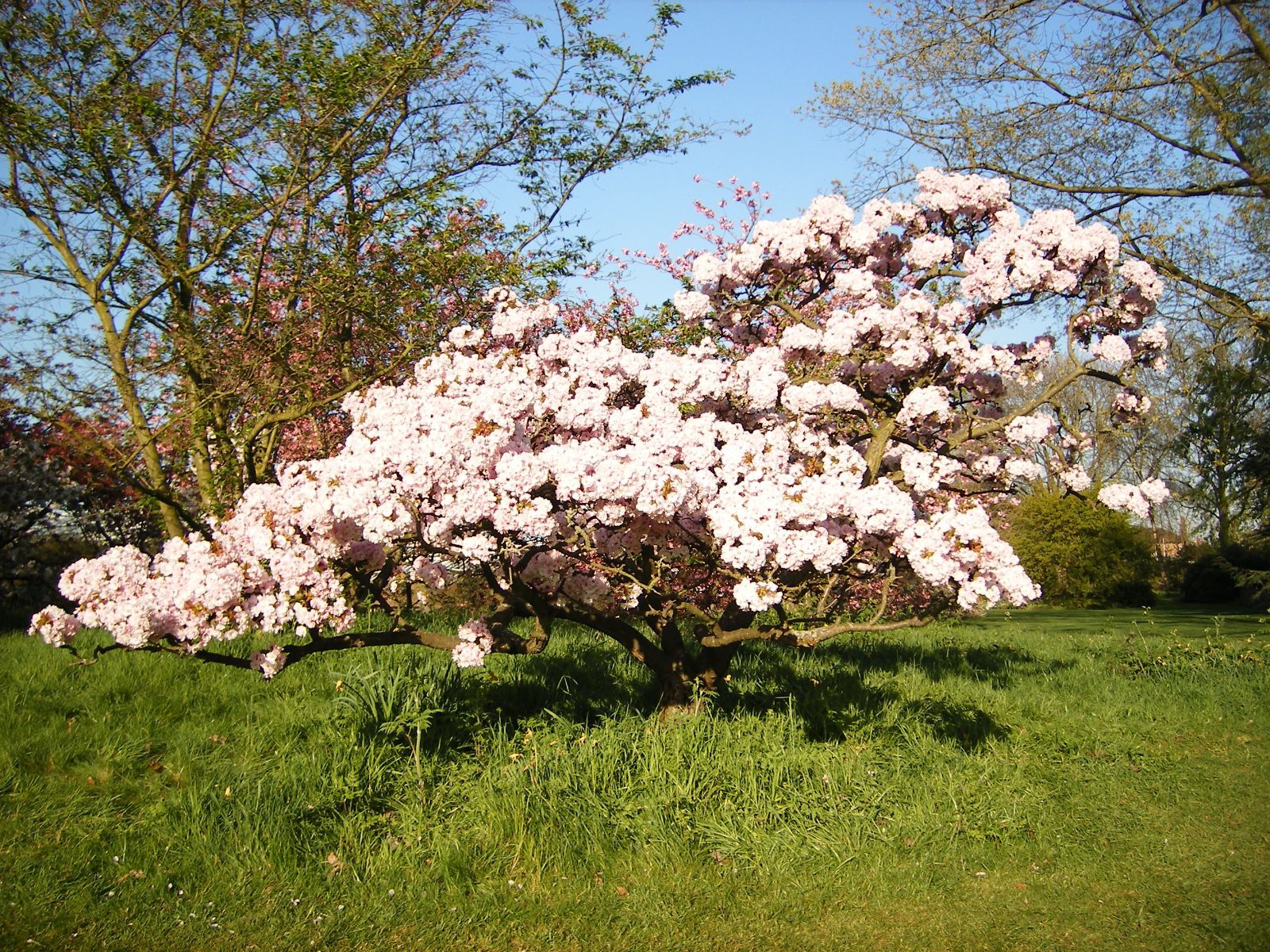Prunus × sieboldii
Credits
Article from Bean's Trees and Shrubs Hardy in the British Isles
Recommended citation
'Prunus × sieboldii' from the website Trees and Shrubs Online (treesandshrubsonline.
Genus
Common Names
- Naden
Synonyms
- Cerasus sieboldii Carr.
- Cerasus pseudocerasus rosea plena Sieb. ex Verlot
Other taxa in genus
- Prunus alleghaniensis
- Prunus americana
- Prunus × amygdalo-persica
- Prunus amygdalus
- Prunus angustifolia
- Prunus apetala
- Prunus arabica
- Prunus argentea
- Prunus armeniaca
- Prunus avium
- Prunus besseyi
- Prunus brigantina
- Prunus campanulata
- Prunus canescens
- Prunus cantabrigiensis
- Prunus cerasifera
- Prunus cerasus
- Prunus cocomilia
- Prunus concinna
- Prunus conradinae
- Prunus consociiflora
- Prunus cornuta
- Prunus cuthbertii
- Prunus dasycarpa
- Prunus davidiana
- Prunus × dawyckensis
- Prunus dielsiana
- Prunus domestica
- Prunus dulcis
- Prunus emarginata
- Prunus × fontanesiana
- Prunus fruticosa
- Prunus glandulosa
- Prunus grayana
- Prunus himalaica
- Prunus hortulana
- Prunus humilis
- Prunus ilicifolia
- Prunus incana
- Prunus incisa
- Prunus jacquemontii
- Prunus kansuensis
- Prunus lannesiana
- Prunus laurocerasus
- Prunus litigiosa
- Prunus lusitanica
- Prunus maackii
- Prunus mahaleb
- Prunus maritima
- Prunus maximowiczii
- Prunus microcarpa
- Prunus mira
- Prunus mugus
- Prunus mume
- Prunus nigra
- Prunus nipponica
- Prunus orthosepala
- Prunus padus
- Prunus pensylvanica
- Prunus persica
- Prunus pilosiuscula
- Prunus prostrata
- Prunus pumila
- Prunus rufa
- Prunus salicina
- Prunus sargentii
- Prunus serotina
- Prunus serrula
- Prunus serrulata
- Prunus sibirica
- Prunus simonii
- Prunus sogdiana
- Prunus speciosa
- Prunus spinosa
- Prunus ssiori
- Prunus subcordata
- Prunus subhirtella
- Prunus takesimensis
- Prunus tangutica
- Prunus tenella
- Prunus tomentosa
- Prunus triloba
- Prunus virginiana
- Prunus × yedoensis
A small deciduous tree attaining a height of 25 ft or so in Japan, with a vase-shaped crown and rather stout branches; branchlets glabrous (sometimes downy when young), greyish, darkening to iron-grey or purple. Leaves bronzy when unfolding, abruptly narrowed at the apex to an acuminate tip, rounded at the base, downy on both sides but more so beneath than above, margins shortly and mostly double-serrate. Flowers usually double or semi-double, white or pink; flower-stalks and peduncle downy, the latter variable in length from 3⁄8 to 1 in. or slightly more long. Calyx downy with entire lobes. Style hairy at the base.
P. × sieboldii is a somewhat variable hybrid, which arose in Japan. One parent is probably the Oshima cherry (P. speciosa); according to Ohwi, the other parent may be P. apetala (Fl. Japan (1965), p. 543). In Japan it is known as Naden or Musha-zakura. The name Takasago, generally used for it in Britain, was originally given by Miyoshi to a tree in the Kohoku Avenue (see p. 400), for which he could not find a name in the classical literature.
P. × sieboldii was introduced to Europe from Japan shortly before 1864. As represented in cultivation in this country it makes a small, rather slow-growing tree, bearing a profusion of semi-double, pale pink flowers rather early in the cherry season (around mid-April).
The cherry once grown as Cerasus watereri or P. pseudocerasus watereri belongs to P. × sieboldii, but judging from specimens in the Kew Herbarium it had considerably larger flowers than in other specimens, which may represent the original introduction by Siebold. In the form now cultivated as ‘Takasago’ the flowers have about twelve petals and are 11⁄2 to 13⁄4 in. wide.


